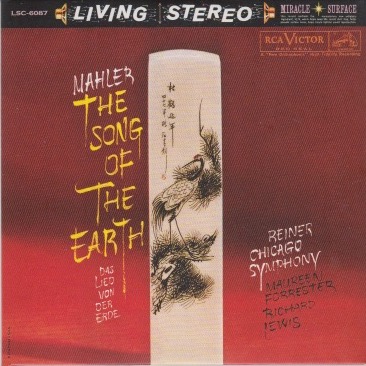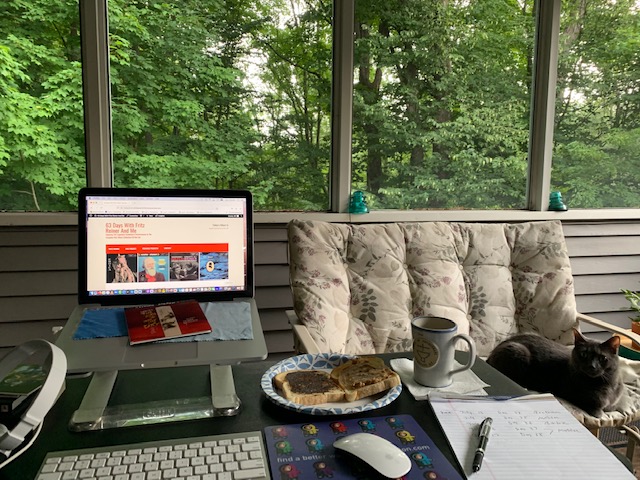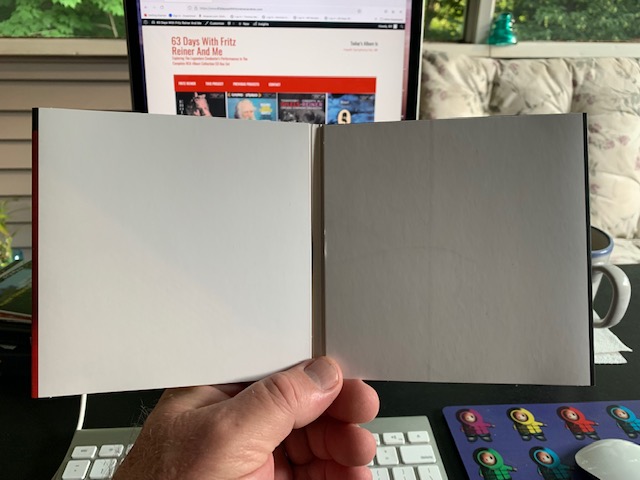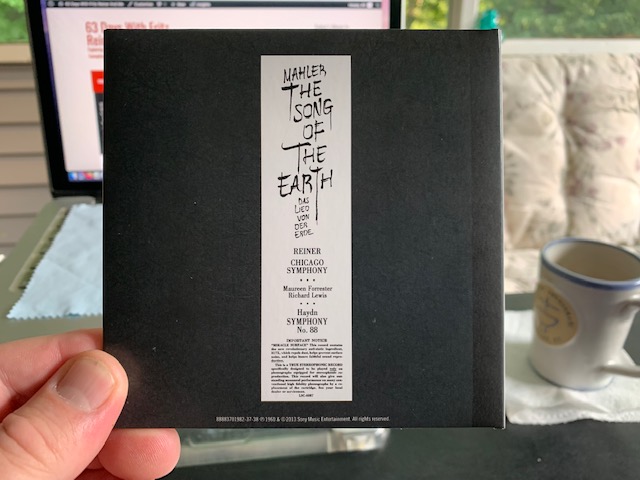
When I first listened to Haydn’s complete works a number of years ago, I wasn’t impressed. I thought Haydn was a snooze fest. And, yes, I’m aware that he’s referred to as “Father of the Symphony” and “Father of the String Quartet” That notwithstanding, I never connected to Haydn.
Fast forward several years and first spend a few consecutive days listening to Bartok and Mahler and suddenly Haydn is the music of the angels.
Which goes to show how much I enjoyed Bartok and Mahler.
To be fair, maybe it’s this morning’s setting – out on the screened-in porch, beside me: Breakfast Blend coffee, toast (one Vegemite, the other Jif Extra Crunchy Peanut Butter), and an inquisitive cat (isn’t that a redundant term?). The temperature this morning is a very nice 64 degrees.

So I could be listening to Satan whispering, “Yea, hath God said, Ye shall not eat of every tree of the garden?” and it would still sound like music to my ears.
Even so, I think I’d like Haydn’s Symphony No. 88 even if I was in the “cooler” bouncing a baseball off the wall and catching it with my glove. It resonates with me.
But I’m getting ahead of myself.
The Objective Stuff
From his entry on Wikipedia,
Franz Joseph Haydn (1732-1809) was an Austrian composer of the Classical period. He was instrumental in the development of chamber music such as the piano trio. His contributions to musical form have earned him the epithets “Father of the Symphony” and “Father of the String Quartet”.
Haydn spent much of his career as a court musician for the wealthy Esterházy family at their Eszterháza Castle. Until the later part of his life, this isolated him from other composers and trends in music so that he was, as he put it, “forced to become original”. Yet his music circulated widely, and for much of his career he was the most celebrated composer in Europe.
He was a friend and mentor of Mozart, a tutor of Beethoven, and the older brother of composer Michael Haydn.
That last sentence never fails to impress the crap out of me, as does the fact that he lived to the ripe old (for that time period, anyway) age of 77.
From its entry on Wikipedia,
Symphony No. 88 in G major (Hoboken I/88) was written by Joseph Haydn, for the orchestra of Esterháza under the benevolent Prince Nikolaus Esterhazy. It is notably the first of his symphonies written after the completion of the six Paris symphonies in 1786.
The symphony was completed in 1787, just like his 89th symphony. It is one of Haydn’s best-known works, even though it is not one of the Paris or London symphonies and does not have a descriptive nickname. It is sometimes referred to as The Letter V referring to an older method of cataloging Haydn’s symphonic output.
As it states above, the symphony was completed in 1878. Haydn was 55 years old. This was recorded in Orchestra Hall, Chicago, on February 6, 1960. Conductor Fritz Reiner was in his 72nd year.
The Subjective Stuff
Recording quality: 5
Overall musicianship: 5
CD booklet notes: 1
CD “album cover” information: 1 (not one word on the inside, barely a name and titles on the back cover)
How does this make me feel: 4

The really odd thing about some of these Fritz Reiner “original album cover” CDs is that the 2-CD albums offer virtually no information about the recording. This one, for example, is blank in the middle, and offers very little information on the back cover.

To find information, one must turn to the hardback book that comes with the set.
Unfortunately, there’s scant information in the book about either of these recordings (yesterday’s Mahler opera or today’s Haydn symphony).

To me, this seems like a lost opportunity to flesh out this Reiner box set, make it even more informative, even more of an historical record of the great conductor’s life with the Chicago Symphony Orchestra.
How hard would it have been to add copy to the inside of this 2-CD set, perhaps info about Mahler on the left side, and info about Haydn on the right side?
To be fair, there is some tiny type on the back cover informing us of the IMPORTANT NOTICE that the record used the “Miracle Surface” technology because it’s a TRUE STEREOPHONIC RECORD.
While that’s interesting, it’s not really pertinent to the music on the discs.
The dearth of recording or composer information aside, I enjoyed this recording. It was very well performed, recorded nicely (with, perhaps, just a tiny bit of top end missing), and played with in the stately fashion to which the Father of Symphonies deserves.
I’d listen to this recording again.
